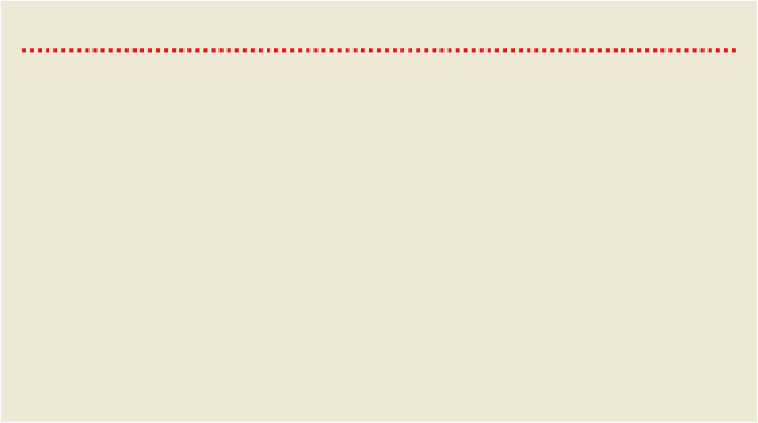Travel Reference
In-Depth Information
THE KASHMIR CONFLICT
Kashmir is the most enduring symbol of the turbulent Partition of India. In the lead-up to Independence, the delic-
ate task of drawing the India-Pakistan border was complicated by the fact that India's 'princely states' were nom-
inally independent. As part of the settlement process, local rulers were asked which country they wished to be-
long to. Kashmir was a predominantly Muslim state with a Hindu maharaja, Hari Singh, who tried to delay his
decision. A ragtag Pashtun (Pakistani) army crossed the border, intent on racing to Srinagar and annexing Kash-
mir for Pakistan. In the face of this advance, the maharaja panicked and requested armed assistance from India.
The Indian army arrived only just in time to prevent the fall of Srinagar, and the maharaja signed the Instrument
of Accession, tying Kashmir to India, in October 1947. The legality of the document was immediately disputed
by Pakistan, and the two nations went to war, just two months after Independence.
In 1948 the fledgling UN Security Council called for a referendum (which remains a central plank of Pakistani
policy) to decide the status of Kashmir. A UN-brokered ceasefire in 1949 kept the countries on either side of a de-
marcation line, called the Cease-Fire Line (later to become the Line of Control, or LOC), with little else resolved.
Two-thirds of Kashmir fell on the Indian side of the LOC, which remains the frontier, but neither side accepts this
as the official border. The Indian state of Jammu & Kashmir, as it has stood since that time, incorporates Ladakh
(divided between Muslims and Buddhists), Jammu (with a Hindu majority) and the 130km-long, 55km-wide
Kashmir Valley (with a Muslim majority and most of the state's inhabitants). On the Pakistani side live over three
million Kashmiris. Since the frontier was drawn, incursions across the LOC have occurred with dangerous regu-
larity.

